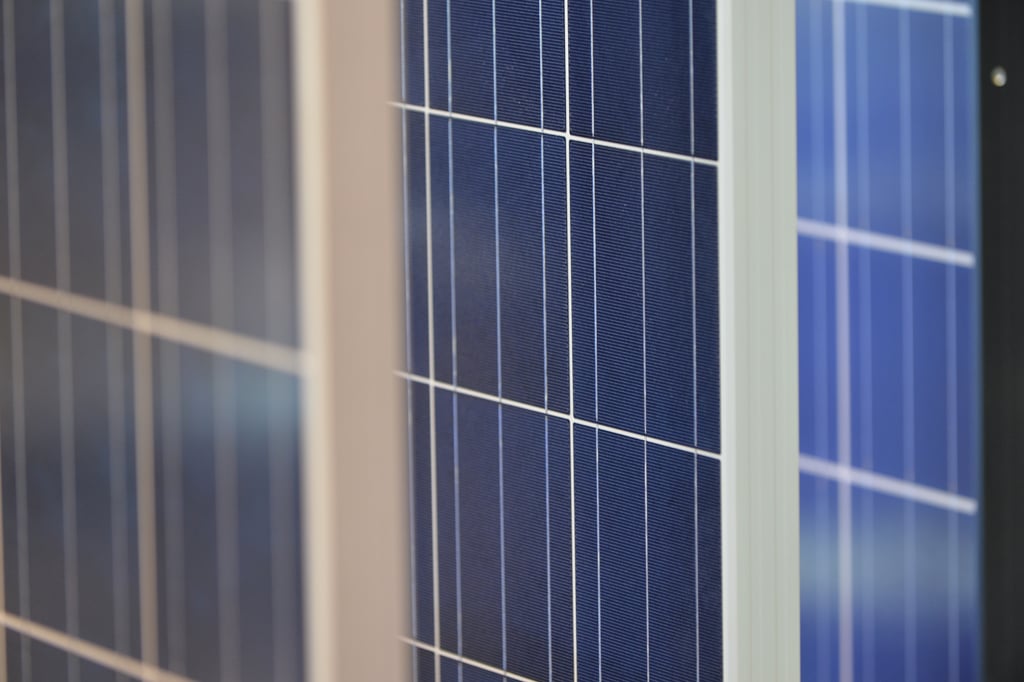
The first two months of the year were in fact dominated by events in the month preceding them. Just as parliament was rising for recess in December 2015 it announced the fate of the FiT, confirming that it would close to new applicants from 16 January 2016 and then re-open on 8 February at a significantly reduced rate.
While it was not cut to the extent originally planned, 4.39p/kWh for domestic systems was still a reduction of 64% and enough, predictably, to cause widespread consternation within the industry. The reduction sparked a rush to complete systems at the 12.03p/kWh rate. In January there were more than 17,000 >4kW solar systems installed and a further 700 systems in the 4-10kW band.
The impact was swift. Just 3,088 residential systems were installed in February, adequately reflecting the level of interest in adopting the technology as soon as the returns were stripped back to less than 5%. That drop in deployment of more than 80% would become an overarching theme for UK solar throughout the year.
Political opposition to the cuts was launched by both Labour and the Lib Dems, the latter of whom sought to force a debate in the House of Lords. Early day motions laid in a bid to block the cuts were however quickly dismissed and the industry was warned not to get its hopes up; the new feed-in tariff regime was here to stay.
But while the traditional solar sector was diminishing before the industry’s very eyes, new, exciting avenues were opening up. Technological advances were helping propel the industry to innovative new scenarios, the most intriguing – and potentially revolutionary – of which was undoubtedly energy storage.
Battery storage technologies had of course been emerging for some time before January, but in February Solar Plants claimed to fit the UK’s first Tesla Powerwall in a home in Cardiff. It was a landmark installation for the industry considering Tesla’s brand-led, Apple-esque appeal and was the sign of things to come. Tesla was certainly not the first to have installed a residential battery and it was not the last big brand to enter the UK, but the breaking of its duck in the UK reinforced the vision that storage was on the horizon and was the source of much confidence.
Solar too took to the water in February. Lightsource started construction on Europe’s largest floating solar array, developing a 6.3MW system on the Queen Elizabeth II reservoir in London on behalf of Thames Water. More than 23,000 solar panels now rest on 61,000 floats, held in place by 177 anchors and the system will help the water utility generate a third of its own power by 2020.
Meanwhile, other headline grabbing news in the first two months of the year:
- Hinkley Point C suffered another setback after EDF’s nuclear project director left his post
- Our Solar Market Research division sized 2015’s total deployment at nearly 4GW, a new annual record
- The race to become the next mayor of London hotted up with both Zac Goldsmith and Sadiq Khan unveiling solar pledges
- UK Solar challenged the government’s application of the Levy Control Framework as a budgetary mechanism in the Appeal Court
